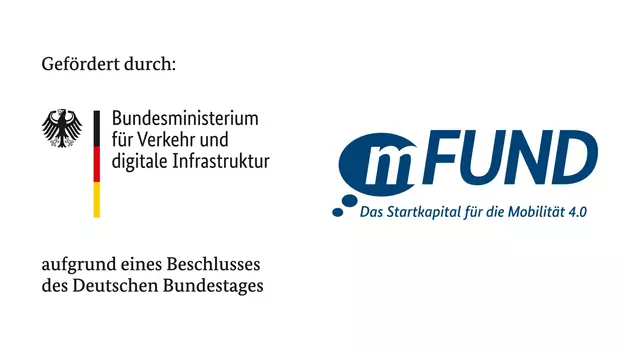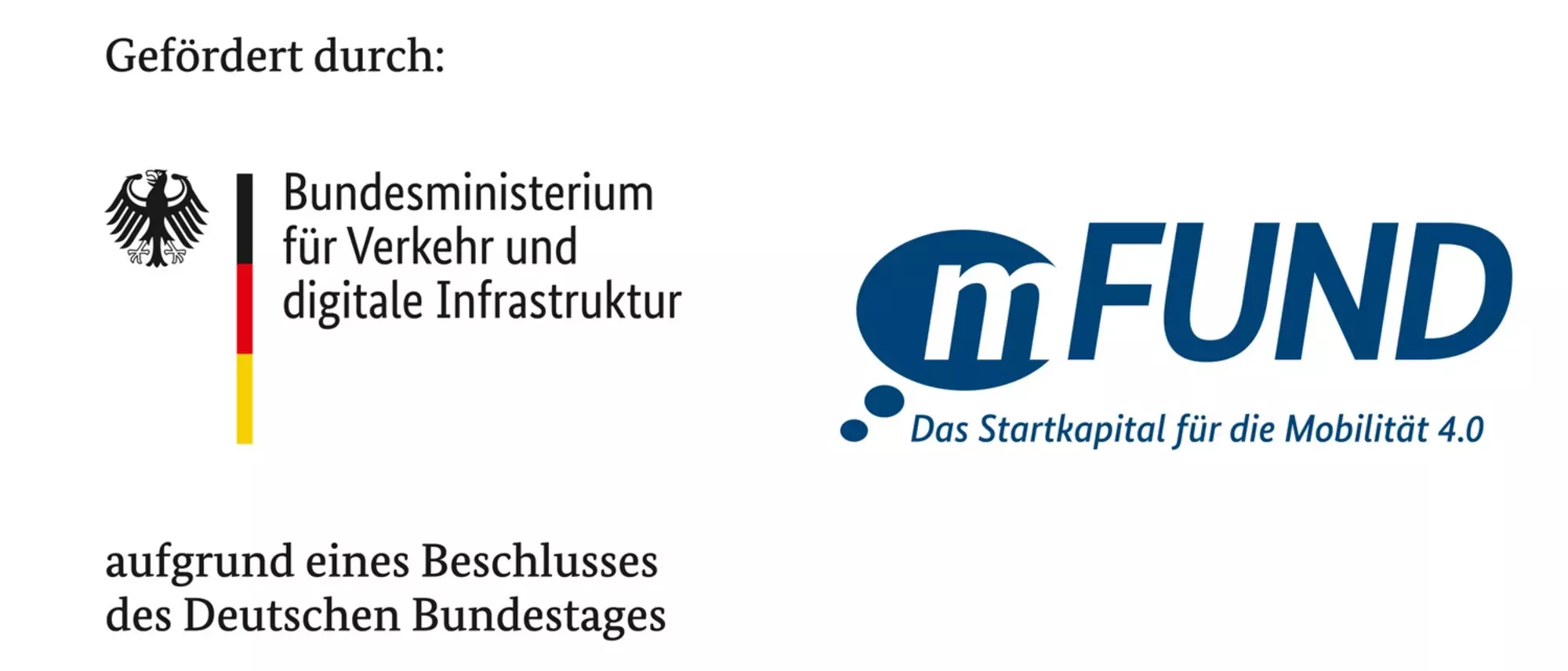
In a joint cooperation between Stadtwerke Gießen and the data analytics specialists at Brodtmann Consulting, a cloud-based application is to be developed that will provide completely new insights into the utilisation and timetable adherence of city buses. Due to its high relevance for the optimisation of local transport in Giessen, the Federal Ministry of Transport and Digital Infrastructure is funding the project with a total of 354,418.00 euros as part of the Modernity Fund ("mFUND") funding guideline.
"Where exactly is the vehicle on route 3 that I want to get on at the moment?", "Will I still be able to make my connection despite a slight delay because the connecting vehicle is still waiting at a traffic light?" "Is there still room in the vehicle for my bike or pram, or is it worth waiting for the next vehicle that arrives just three minutes later?" These are all questions that customers often ask themselves on local transport in Giessen. Artificial intelligence is set to provide the answers in future. "Together with our IT partner Brodtmann Consulting, we are currently working on a far-reaching digital solution," says Jens Schmidt, Commercial Director of Stadtwerke Gießen (SWG). In concrete terms, the project can be summarised as follows: intelligently linking existing historical data and current data recorded in real time in order to forecast when the buses are full and how they are on schedule. "We expect to gain many new insights during the ongoing project into how vehicle occupancy develops over the course of a single journey and over longer periods of time," explains Marc Lammerding, data specialist at Brodtmann Consulting and project manager of the overall project. "Ultimately, we can not only provide end customers of Giessen's local transport system with a tool to plan their own journey much more precisely and conveniently than before, but we also provide an important basis for further research and development in this area."
Information for passengers too
In future, faster and more precise information on the current availability of seats on local transport is not the only advantage of the project, which will make local transport more attractive. The data collected and interpolated by the learning system will also be visualised on a real-time map of the Rhine-Main Transport Association (RMV) as part of the project. "It will then be processed and displayed in such a way that our passengers will be able to track local public transport on their mobile phones or on monitors at the stops in real time and thus experience it better," adds Mathias Carl, Managing Director of MIT.BUS GmbH. In the final expansion stage, it should then be possible to use an app on a smartphone to see how full the bus is at a particular stop at a particular time and whether it will arrive on time. This information will help passengers to make decisions. For example, whether they need to hurry and will probably only get a standing place or whether they can take it easy and reach their destination two buses later sitting comfortably. RMV is supporting the project because of its high potential. As an associated partner, the association guarantees project integration.
New territory for SWG
The project brings SWG and MIT.BUS into active contact with big data and artificial intelligence for the first time. Their partner Brodtmann Consulting, on the other hand, already has extensive experience in this field. The IT specialists are developing forecasting algorithms for the project based on modern concepts from the field of machine learning, such as neural networks. "The theory and algorithms for neural networks have been available for some time," says Marc Lammerding. "Cloud-based data centres now enable us to process incredibly large amounts of data and make results available in real time. In total, well over two billion individual pieces of information are generated in a single year through real-time data alone. Without the use of artificial intelligence, it would be almost impossible to carry out meaningful analyses." In addition to analysing the data as part of the project, universities and research institutions will also be given access.
"Of course, we are starting with the data that we have available here in-house," adds Mathias Carl. "Of course, we would be delighted to be able to inspire other municipal utilities and local transport companies with our project and contribute to new innovations as a pioneer in this area."
As both partners are convinced that this will sustainably optimise local transport services, they submitted an application for funding. In mid-January, the Federal Ministry of Transport and Digital Infrastructure approved funding from the mFUND (Modernity Fund) research initiative.
In the beginning there were "hackers"
The idea for the project, officially named "NV-ProVi", was born at an event organised by the Association of Municipal Enterprises (VKU). "The VKU had invited us to a hackathon, for which we brought along the data on the idle times of our buses outside bus stops," recalls Jens Schmidt. The data had been available in its raw form for some time, as all MIT.BUS vehicles are equipped with GPS transmitters. "It was really amazing what the 'hackers' managed to do in just one weekend," says Jens Schmidt. They were actually able to visualise in a heat map where the buses were often parked for longer periods of time.
"This experience has whetted our appetite for more," adds the SWG board member. And for good reason. After all, SWG not only has the position data, but thanks to a passenger counting system, it also knows how many people are currently on the bus. Only the option of collating all this data makes it possible to use the information obtained as a basis for decision-making.
About the BMVI's mFUND
As part of the mFUND research initiative, the BMVI has been funding research and development projects relating to data-based digital applications for Mobility 4.0 since 2016. In addition to financial support, the mFUND supports networking between stakeholders from politics, business and research as well as access to the mCLOUD data portal through various event formats. Further information can be found at www.mfund.de.

